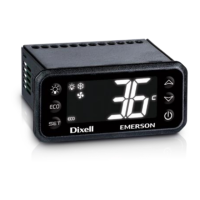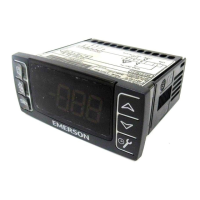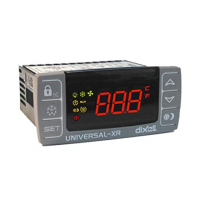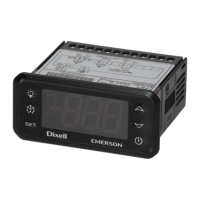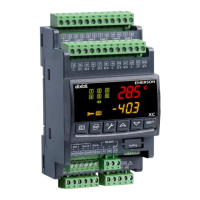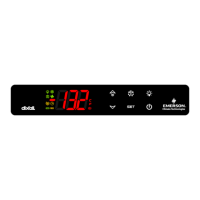User Manual Chapter 10
GFK-1742F Jan 2020
Introduction to Local Logic Programming 252
The table has several tabs that group the variables by category. The categories are:
•
Axis 1 – Variables specific to axis number one
•
Axis 2 – Variables specific to axis number two
•
Axis 3 – Variables specific to axis number three
•
Axis 4 – Variables specific to axis number four
•
Global – Global data such as Module Status Code
•
CTL bits – DSM general purpose control/status bits
•
Parameter Registers - DSM Parameter data
Figure 118: Local Logic Variable View Table
The table has six columns. The columns are as follows:
•
Name – This column contains the variable name that is valid to be used within a local
logic program
•
Type – This is the data type for this variable. For example 32 Bits means that this
variable is a 32 bit variable.
•
Group – This is the group this variable is placed in. For example, FacePlate I/O means
that this variable refers to a point on the module faceplate.
•
Description – This column contains a textual description of the variable. If the user
hovers the mouse pointer over the description a tool tip will be generated that
allows the user too easily read the description.
•
R – This column indicates if the variable can be Read by a Local Logic program
•
W- This column indicates if the variable can be Written by a Local Logic program

